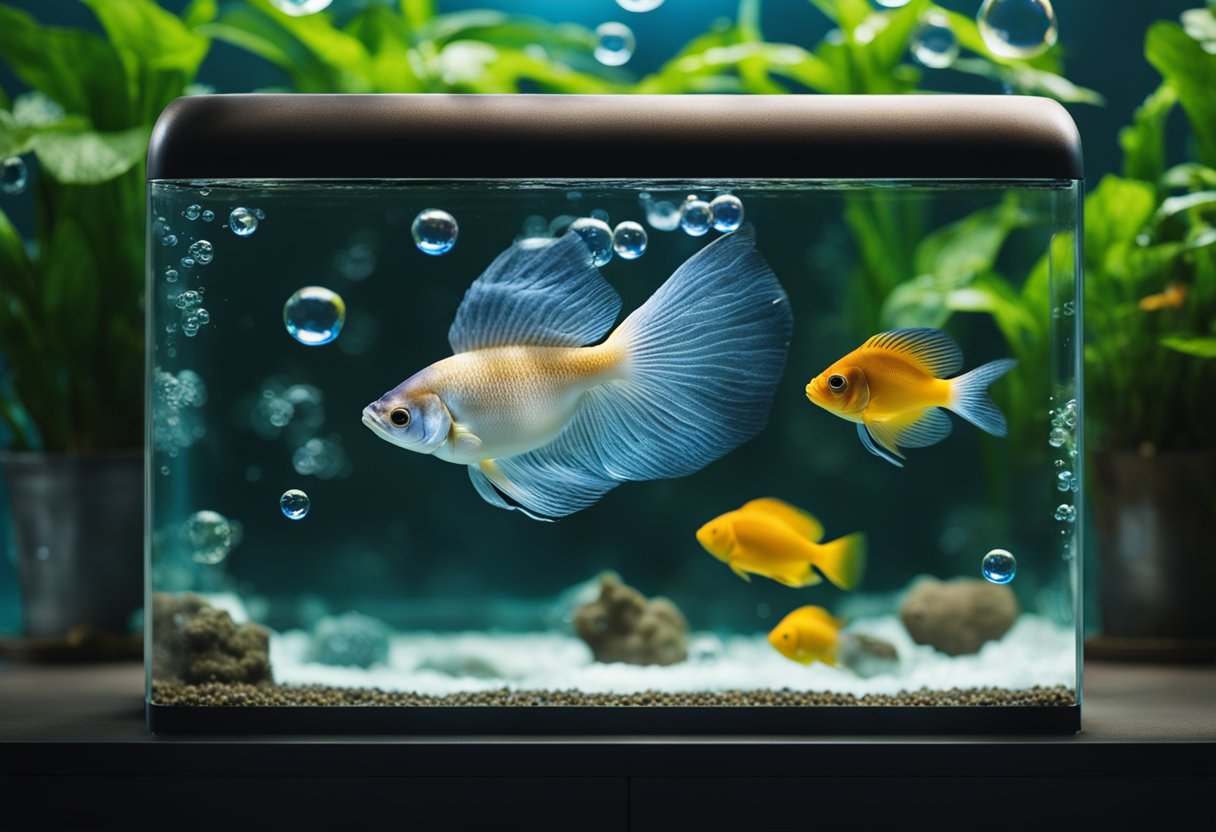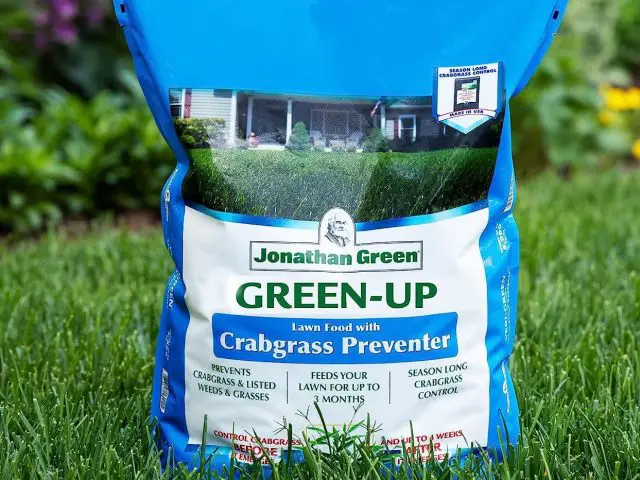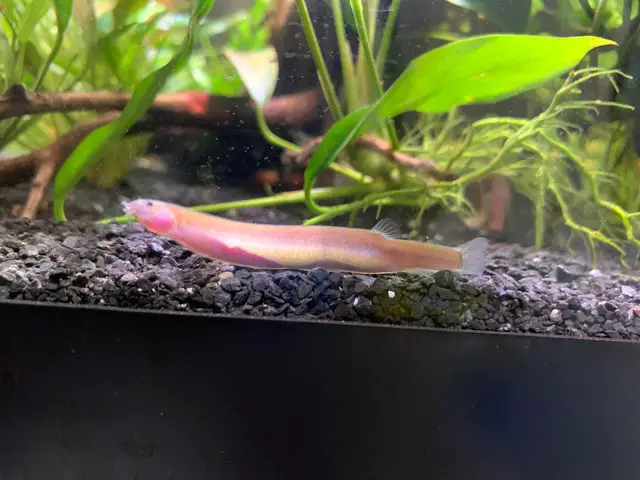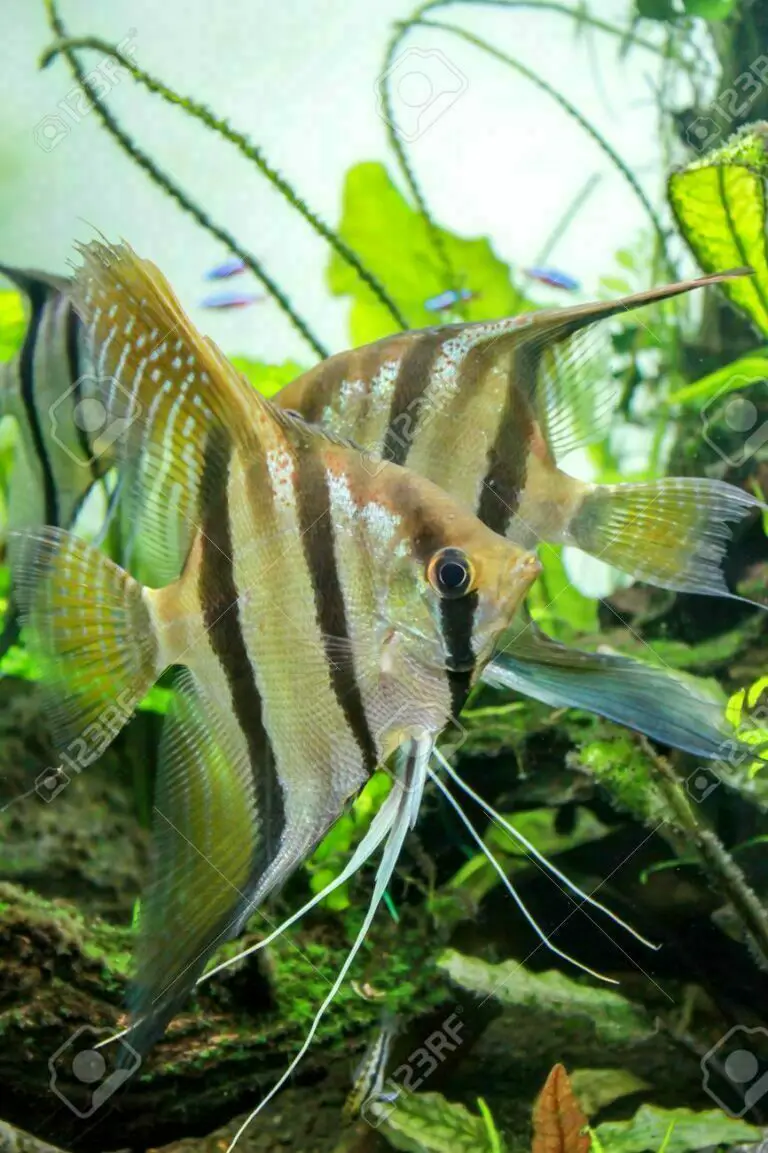Can I Use an Air Stone Without a Pump? Exploring Alternatives for Aeration
For aquarium enthusiasts, the question arises: Can I use an air stone without a pump? The answer is yes, an air stone can be used without a pump, but its efficiency may be limited.
This setup may not provide the same level of oxygenation as using a pump, but there are alternative methods to ensure fish and plants receive the oxygen they need.

Aquarists can explore various options for aeration that do not rely on pumps. Filters with high flow rates, for instance, can agitate the water surface, promoting oxygen exchange.
Understanding these alternatives can help in maintaining a healthy tank environment while catering to both aesthetic and functional needs.
With the right approach, a beautiful and balanced aquarium is within reach.
When considering aquarium aeration, it’s essential to ask, can I use an air stone without a pump? Understanding the implications of this choice helps maintain a balanced ecosystem.
Key Insight
- An air stone can be used without a pump, but effectiveness may vary.
- High-flow filters can serve as a suitable alternative for aeration.
- Maintaining proper oxygen levels is essential for aquarium health.
Understanding Air Stones
Air stones are crucial components in aquariums, widely used for their ability to enhance water quality and improve oxygen levels.
They serve as a means to diffuse air into the tank, which benefits aquatic life. This section will explore the purpose and types of air stones found in aquariums.
Purpose of Air Stones in Aquariums
Air stones, often made from porous materials like limewood or ceramic, play an important role in aquariums.
Their main function is to create tiny bubbles when air is pushed through them by an air pump.
These bubbles rise to the surface, increasing surface agitation and promoting gas exchange.
Good gas exchange is vital for fish and other aquatic organisms. The tiny bubbles not only add oxygen to the water but also help in removing carbon dioxide.
This process helps maintain a balanced environment, which is essential for healthy fish and plants.
Air stones can also improve water circulation. Better circulation helps distribute heat and nutrients evenly throughout the tank.
Furthermore, they can enhance the aesthetic appeal of an aquarium by creating visually pleasing bubble effects.
Types of Air Stones
Different types of air stones are available, each with unique features and benefits. Some common types include:
- Porous Ceramic Air Stones: These stones create many small bubbles and are durable. They are often used in freshwater and saltwater tanks.
- Limewood Air Stones: Made from limewood, they are lightweight and ideal for freshwater systems. They create a fine mist of bubbles.
- Plastic Air Stones: These are usually less expensive and come in various shapes and sizes. They are suitable for smaller tanks.
Each type serves the same basic purpose, but their performance can vary. Choosing the right air stone depends on tank size, type of fish, and desired bubble size. Proper selection can significantly affect tank health and aesthetics.
Alternative Aeration Methods
There are several effective ways to aerate an aquarium without using an air pump. Two key methods involve enhancing surface agitation and utilizing water movement through filtration systems. Both strategies help increase oxygen levels in the tank.
Surface Agitation Techniques
Surface agitation refers to the disturbance of the water surface to increase oxygen exchange. This can be achieved by adjusting the position of decorations or using water movement devices.
- Adjusting Filter Output: Direct the filter output towards the water surface. This creates ripples that maximize gas exchange.
- Floating Plants: Introducing floating plants can also create a stirred surface. They break the surface tension, allowing for better oxygen entry.
- Manual Techniques: Using a cup to splash water onto the surface can help too. Though labor-intensive, it provides immediate aeration.
Employing these techniques can effectively increase oxygen levels for aquarium inhabitants.
Water Movement and Filtration Systems
Proper water movement is essential for sustaining oxygen levels. Several systems designed for water circulation can also aid in aeration.
- Canister Filters: These filters can provide strong water flow. Adjust the settings to increase surface agitation and promote oxygen transfer.
- Powerheads: Submersible pumps used in conjunction with filters can improve water circulation and aeration. Position them to create currents in the tank.
- Wavemakers: For larger aquariums, wavemakers can create a natural water flow, similar to rivers or oceans. They help agitate the water surface continuously.
Utilizing these systems helps maintain a healthy and oxygen-rich environment in the aquarium.
The Role of Oxygen in Aquariums
Oxygen is essential for aquatic life, supporting respiration and overall health in fish and other organisms.
Several factors highlight its importance, as well as the signs that indicate an oxygen deficiency in the tank.
Importance of Oxygen for Aquatic Life
Oxygen plays a critical role in the survival of fish and other aquatic organisms. They rely on dissolved oxygen in the water to breathe.
It helps in converting food into energy through cellular respiration. Without sufficient oxygen, fish can become stressed, leading to weakened immune systems.
Higher oxygen levels can enhance fish growth and activity. This is especially important for species that require high oxygen, such as trout.
Oxygen aids in the breakdown of waste products and toxins in the water. Regular water changes and aeration can help maintain optimal oxygen levels, promoting a healthy aquarium ecosystem.
Signs of Oxygen Deficiency
Signs of oxygen deficiency in an aquarium can be alarming and noticeable. Fish may exhibit unusual behaviors, such as gasping for air at the water’s surface. They might also become lethargic, showing less activity than normal.
Other indicators include increased aggression and crowded behavior at the tank’s surface. Plants may also suffer, showing poor growth or yellowing leaves.
It’s important to monitor water parameters regularly. Some simple solutions include adding an air stone or ensuring proper water circulation.
Maintaining good surface agitation can help increase oxygen transfer from the air into the tank.
Using Air Stones Without a Pump
Using air stones without a pump can still benefit an aquarium’s aeration and water movement.
There are methods to achieve this without relying on mechanical pumps. Two effective approaches include passive aeration solutions and natural aeration strategies.
Passive Aeration Solutions
Passive aeration involves methods that do not require a power source to create water movement.
One common approach is to use a siphon system. This works by positioning an air stone at a higher water level, allowing air bubbles to rise and push water to the surface.
Key steps to set up passive aeration:
- Place the air stone in a container filled with water.
- Use a tube to connect it to a lower water level.
- As air bubbles rise, they will pull water up through the tube.
This method can effectively increase surface agitation and oxygen exchange without needing a pump.
Natural Aeration Strategies
Natural aeration strategies utilize aspects of the aquarium environment to enhance oxygen levels.
Surface agitation can be created by adding elements like rocks or driftwood that disrupt water flow.
The movement of water across these objects generates ripples, allowing for a natural exchange of gases.
Can I Use an Air Stone Without a Pump?
Using an air stone without a pump can still benefit an aquarium’s aeration and water movement.
Another way is to incorporate aquatic plants, which not only produce oxygen during the day but also help improve water quality.
They can assist in the natural circulation of water and provide habitats for fish.
Utilizing these strategies can maintain an oxygen-rich environment, even in the absence of pumps or air stones.
Setting Up an Aquarium Aeration System
Creating a proper aeration system is essential for the health of fish and plants in an aquarium.
Choosing the right air stone and knowing how to install it can significantly improve oxygen levels in the water.
Selecting the Right Air Stone
When selecting an air stone, size and material matter. Common types include:
- Standard Air Stones: Often cylindrical and made from porous material, suitable for most tanks.
- Diffuser Stones: Produce smaller bubbles, increasing surface area for oxygen transfer.
One key factor is the size of the aquarium. A larger aquarium may require multiple stones to ensure adequate aeration.
Heavier stones tend to sink and stay in place, while lighter ones may float unless secured.
Using high-quality airline tubing is also important. It should be compatible with both the air stone and the air pump. This helps maintain a good airflow and prevents leaks.
Installation Tips for Optimal Oxygenation
Proper installation is crucial for the efficiency of the aeration system. First, connect the air stone to the air pump using suitable airline tubing.
- Ensure no bends or kinks in the tubing.
- Place the air stone on the tank bottom for optimal performance.
When positioning the air pump, keep it above water level. This prevents backflow and keeps the pump running smoothly.
A check valve can be beneficial if placing the pump lower than the tank. It keeps water from siphoning back into the pump during a power outage.
Lastly, monitor the bubble output. If bubbles are too large, consider switching to a finer air stone for better oxygen distribution.
Maintenance and Troubleshooting
Proper maintenance and troubleshooting are essential for keeping an air stone effective in a fish tank.
Regular cleaning and being aware of common issues can enhance performance and prolong the life of the equipment.
Cleaning Air Stones
Air stones should be cleaned regularly to prevent clogging and ensure optimal aeration. To clean an air stone, follow these steps:
- Remove the Air Stone: Disconnect it from the tubing and take it out of the aquarium.
- Soak in Vinegar: Place the air stone in a solution of white vinegar and water for about 30 minutes. This helps to dissolve mineral buildup.
- Rinse Thoroughly: Rinse the stone with clean water to remove any remaining vinegar and debris.
- Inspect for Damage: Check the stone for cracks or wear. Replace it if it shows significant damage.
Cleaning should be performed every few weeks or if the bubbles decrease noticeably, depending on the tank’s water hardness.
Identifying Common Issues
Several common issues can arise when using air stones without pumps:
- Insufficient Bubble Production: If the air stone emits few or no bubbles, it may be clogged. Regular cleaning can help with this.
- Noise from the Air Stone: Unwanted noises may occur if the air stone is not positioned correctly. Ensure that it is placed flat on the bottom of the tank.
- Uneven Air Distribution: If bubbles are concentrated in one area, check for blockages in the tubing or ensure that the stone is appropriately placed.
Monitoring these issues is essential for maintaining a healthy aquarium environment.
Case Studies
Examining real-world examples can provide clear insights into the effectiveness of using air stones without a pump.
These case studies showcase both successful non-pump setups and a comparative analysis of various aeration techniques.
Successful Non-Pump Aeration Setups
Some aquarium enthusiasts have successfully used air stones without a pump by employing natural circulation methods.
These setups often involve strategically placing rocks or driftwood to create surface agitation. This method allows oxygen to diffuse into the water.
For instance, in a planted tank, the movement from fish or water drifters can aerate the water effectively. An air stone can still enhance this, but it’s not always necessary.
Observations show that in smaller tanks, a well-planned layout can provide adequate oxygen levels without continuous pumping.
Comparative Analysis of Aeration Techniques
A study comparing air stones and other techniques, like surface agitation using a wavemaker, revealed interesting results.
While air stones produce small bubbles that rise slowly, surface agitation creates more turbulence and increases oxygen exchange significantly.
In one test, an air stone powered by a small pump produced adequate oxygen levels but required more maintenance.
In contrast, a wavemaker agitated the water surface effectively with less power demand in larger tanks. Each method has its pros and cons based on the specific tank environment and needs.
Advantages and Limitations
Using an air stone without a pump has benefits and drawbacks. Understanding these can help in making a decision about your aquarium or hydroponic setup.
Pros of Air Stones Without a Pump
Air stones can still be useful without a pump, especially in small-scale setups.
They create bubbles that can enhance oxygen levels in the water, promoting healthy conditions for fish and plants.
This may help improve the overall health of the aquarium ecosystem.
In low-tech systems, air stones can facilitate gas exchange at the surface. This action can be especially beneficial when surface agitation is minimal.
Air stones are affordable, making them an attractive option for budget-conscious hobbyists.
They also require less energy, as there is no pump running continually. This can lead to lower electricity costs while still providing some aeration benefits.
Cons to Consider
While air stones can function without a pump, there are significant limitations.
The main issue is that, without a pump, they rely solely on air diffusion, which can be slow and inefficient.
This may not provide adequate oxygenation in larger tanks or systems where water requires significant movement.
Without a pump, bubble size can be inconsistent. Inadequate bubbles could lead to reduced oxygen transfer, affecting fish and plant health.
Another factor is the risk of stagnation. Without a consistent flow of water, areas in the tank can become stagnant, which may lead to poor water quality.
Regular monitoring is essential to prevent issues in these setups.
Safety and Precautions
Using an air stone without a pump can affect the safety and health of aquatic life. It’s important to follow specific guidelines to ensure the well-being of fish and plants.
Ensuring the Health of Aquatic Life
Aquatic life requires oxygen to thrive. An air stone typically helps to add oxygen to the water by creating bubbles.
Without a pump, the ability to aerate the water is limited. It’s vital to monitor oxygen levels regularly.
Signs of Low Oxygen:
- Fish gasping at the surface
- Decreased activity levels
- Fish clustering near the surface
To ensure a safe environment, consider using an air pump when needed. Also, maintain proper water movement.
Surface agitation from filters can help increase oxygen levels, so ensure the filter is running effectively. Clean water is essential for healthy fish.
Avoiding Common Mistakes
Many people assume an air stone can function alone without a pump. This misconception can lead to problems. Using an air stone without a pump can cause stagnant areas in the tank.
Common Mistakes:
- Not monitoring water quality
- Overloading the tank with fish
- Forgetting to clean the air stone regularly
Regularly inspect and clean the air stone to prevent clogging. When neglecting these tasks, harmful bacteria may grow, impacting water quality.
Consider the size of the tank and the fish population to avoid issues. Always maintain a balance for a healthy aquarium environment.
Recommendations
Using an air stone without a pump can be effective in some situations. Consider the following best practices and product suggestions to ensure proper aeration in an aquarium.
Best Practices for Aeration Without a Pump
- Surface Agitation: Ensure there is enough movement at the water’s surface. A good filter can create this movement, improving oxygen exchange.
- Choose the Right Size Air Stone: Opt for a smaller air stone as it can create more bubbles, which helps dissolve oxygen in the water.
- Placement: Position the air stone at the bottom of the tank. As bubbles rise, they will distribute oxygen throughout the water column effectively.
- Monitor Water Quality: Regularly check for oxygen levels and other water parameters. This ensures the environment remains healthy for fish and plants.
- Alternative Aeration: Consider using a sponge filter. It can provide both aeration and filtration, making it a versatile choice.
Product Recommendations
Here are a few suitable air stones to consider:
| Product | Description | Price Range |
|---|---|---|
| Tetra Airstone | Produces fine bubbles; easy to use | $5 – $10 |
| Hygger Air Stone | Durable, with a weighted design | $5 – $15 |
| Aquaneat Cylinder | Creates lots of small bubbles | $10 – $20 |
When selecting an air stone, check reviews and compatibility with your aquarium setup. Quality products enhance aeration while being economical for maintenance.






